 As part of Blog Action Day 2010, I felt compelled to write about a subject near and dear to my heart: Pittsburgh’s three rivers. This summer Pittsburgh served as the host city for the United Nations Environment Programme’s (UNEP) World Environment Day. UNEP bestowed this honor on Pittsburgh for its story of transformation and its commitment to sustainable development. Part of the World Environment Day activities was a special day-long conference on Pittsburgh’s plentiful water supplies which bring a tremendous economic and quality of life asset, but significant water quality challenges to the region. The Water Matters! Conference reminded me that water does matter, to me, the region and the future.
As part of Blog Action Day 2010, I felt compelled to write about a subject near and dear to my heart: Pittsburgh’s three rivers. This summer Pittsburgh served as the host city for the United Nations Environment Programme’s (UNEP) World Environment Day. UNEP bestowed this honor on Pittsburgh for its story of transformation and its commitment to sustainable development. Part of the World Environment Day activities was a special day-long conference on Pittsburgh’s plentiful water supplies which bring a tremendous economic and quality of life asset, but significant water quality challenges to the region. The Water Matters! Conference reminded me that water does matter, to me, the region and the future.
I have had the opportunity to live is some beautiful cities in my lifetime, but I would put the view of Pittsburgh’s downtown at the confluence of its three rivers up against any skyline. Appearing like magic at the end of the Fort Pitt Tunnel, the Monongahela, Allegheny and Ohio Rivers meet for a special welcome to Pittsburgh’s visitors. However, these rivers were not always so inviting. John Dawes of Western Pennsylvania Watershed Program wrote that prior to 1972 when the Clean Water Act began to have a noticeable effect on the quality, Pittsburgh’s three rivers were an unsightly cesspool of industrial pollution and disease and avoiding them at all costs was a matter of public health and safety.
Today, thanks in large part to the 1972 Water Pollution Control Act Amendments, the Western Pennsylvania Watershed Program which was created to provide matching funding to help watershed associations access agency grants to complete restoration projects in their sub-watershed and public awareness, these rivers have become a stunning icon of the Pittsburgh environmental transformation story.
In order to maintain their strategic importance as commercial waterways and recreational amenities, everyone must play their part to preserve Pittsburgh’s three rivers. The Natural Resource Defense Council provides 12 simple ways people can keep rivers clean.
- Correctly dispose of hazardous household products. ( Keep paints, used oil, cleaning solvents, polishes, pool chemicals, insecticides, and other hazardous household chemicals out of drains, sinks, and toilets).
- Use nontoxic household products whenever possible. (For examples of safe substitutes for toxic household products, check EPA’s EnviroSense website).
- Recycle and dispose of all trash properly.
- Conserve Water.
- Use natural fertilizers.
- Avoid over-watering lawns and gardens.
- Decrease impervious surfaces around your home. (Having fewer hard surfaces of concrete and asphalt will improve drainage around your home and in your yard).
- Maintain septic systems properly. (Have the septic tank cleaned out every three to five years).
- Recycle used motor oil. (A single quart of motor oil that seeps into groundwater can pollute 250,000 gallons of drinking water).
- Be “green” when washing your car. (Just turning off the hose between rinsings can save up to 150 gallons of water).
- Help identify, report and stop polluters.
- Be an activist. (Contact your public officials and attend hearings to encourage them to support laws and programs to protect our water).
For more information on the history, quality and diversity of Pittsburgh’s Three Rivers visit Foundation for Pennsylvania Watersheds, formerly known as the Western Pennsylvania Watershed Program.
And the next time you find yourself in Pittsburgh, do yourself a favor, take the trip in through the Fort Pitt Tunnel and enjoy the view!
Image Credit: bobengland via Flickr under CC license.

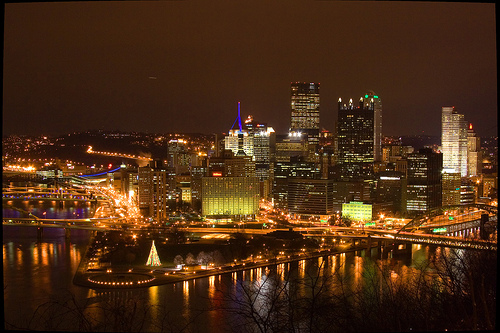
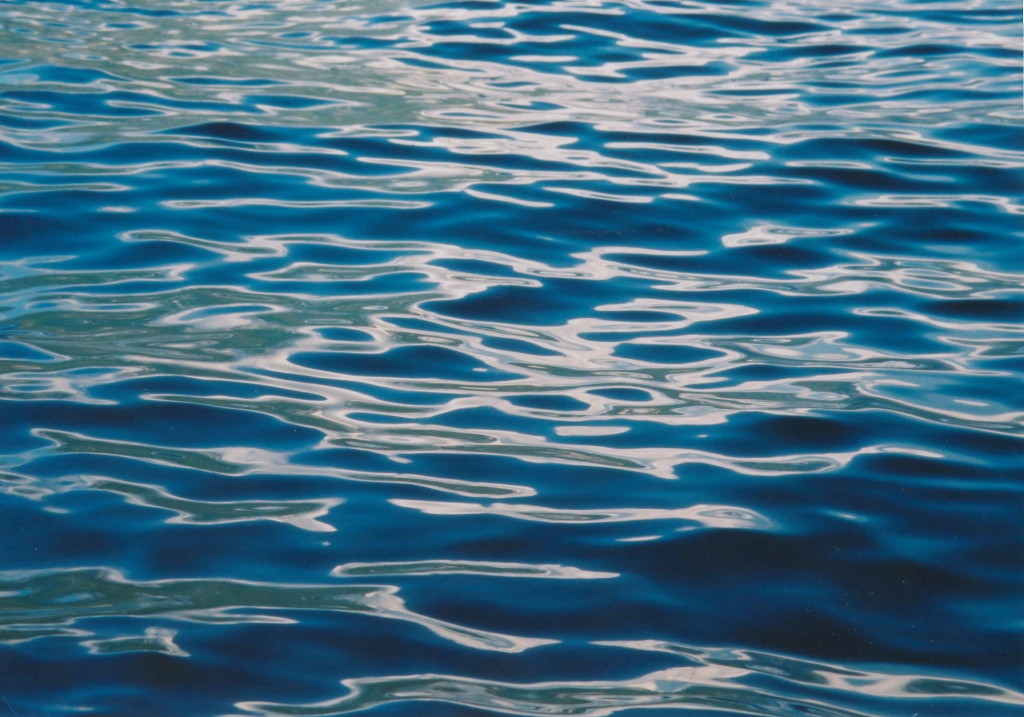

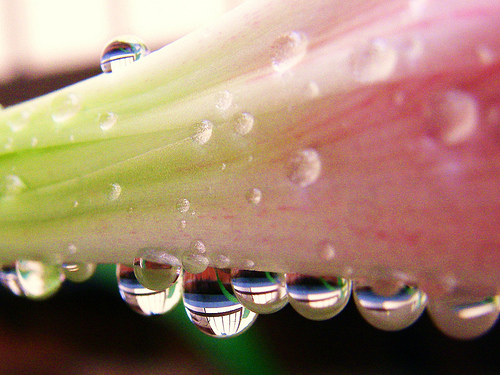
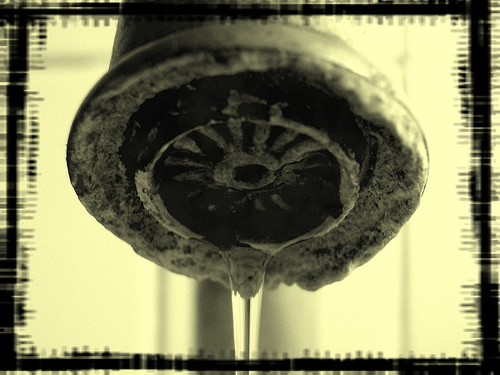
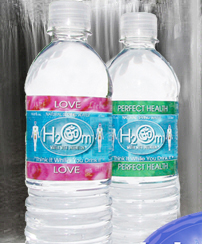
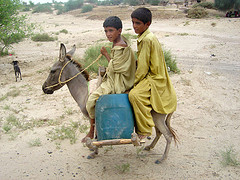
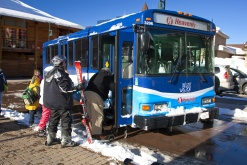
the burg ya if this city was down south i would live there in a villages minute. the rivers are beautiful, love them ,and when you visit go to mt. washington.